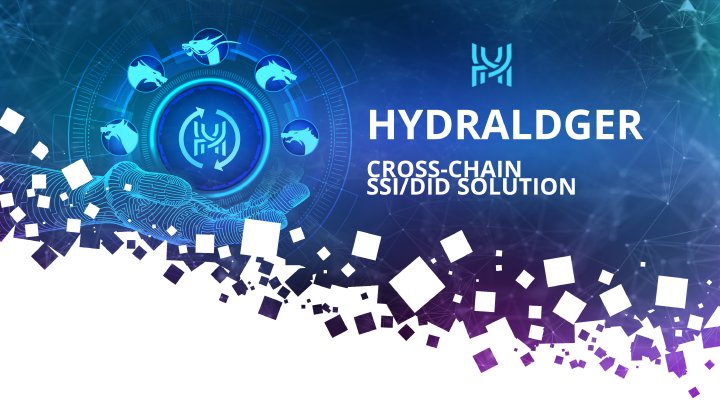Bigger than NFT? Permissionless decentralized identity on all major blockchains The ambitious DPoS blockchain project Hydraledger developed a self-sovereign identity framework based on W3C standards to provide SSI solutions, store schemas, decentralized identifiers (DID), keys, rights, and proof timestamps on a ledger for public verification while keeping verifiable credentials (VC) off-ledger. This gives people complete control over their data while maximizing privacy. Decentralized identifiers (DIDs) are a new type of identifier that enables verifiable, decentralized digital identity for anything like a person, organization, thing, data model, abstract entity, etc. Verifiable credentials are a part of our daily lives; driver’s
Topics:
Bitcoin Schweiz News considers the following as important: Identity, WHYD
This could be interesting, too:
The ambitious DPoS blockchain project Hydraledger developed a self-sovereign identity framework based on W3C standards to provide SSI solutions, store schemas, decentralized identifiers (DID), keys, rights, and proof timestamps on a ledger for public verification while keeping verifiable credentials (VC) off-ledger. This gives people complete control over their data while maximizing privacy.
Decentralized identifiers (DIDs) are a new type of identifier that enables verifiable, decentralized digital identity for anything like a person, organization, thing, data model, abstract entity, etc.
Verifiable credentials are a part of our daily lives; driver’s licenses are used to assert that we are capable of operating a motor vehicle, university degrees can be used to assert our level of education, and government-issued passports enable us to travel between countries. This provides a mechanism to express these sorts of credentials on the Web in a way that is cryptographically secure, privacy-respecting, and machine-verifiable.
Hydraledger’s technology is already used by Universities and Companies worldwide.
To maximize data protection and save time and costs by tearing down blockchain data silos and entry barriers, Hydraledger is now starting to port its technology to all significant blockchains, such as Ethereum, Bitcoin, Binance Smart Chain, and Polkadot.
Ethereum will be the first to connect to Hydraledger’s cross-chain SSI solution. To pick up the Etherum community and foster further decentralization, Hydraledger launched a massive liquidity mining program on September 1st on Uniswap, one of the largest decentralized exchanges.
Liquidity providers can use their tokens in additional smart contracts as well. This allows for novel uses of capital, where they receive extra rewards for committing to specific projects. They can do this by locking up their tokens and receiving rewards in return. The liquidity staking contract serves this goal. Once liquidity providers lock their tokens in the smart contract, they start to receive a share of the reward pool.
Fifty million Hydra tokens distributed to these two pools (ETH/WHYD and DAI/WHYD) represent ~25% of the project’s holdings. Both pools split the rewards into two balances. Users can claim half of the accrued rewards immediately, while the other half has a vesting period of 12 months. After 12 months, the smart contract enables the users to claim the remaining bonuses.
The 3rd pool, which runs perpetually, contains the rewards for staking WHYD. The project puts a total amount of 1 million WHYD initially. Hydraledger will regularly add rewards gained from voting for the private delegate to redistribute it to WHYD stakers.

